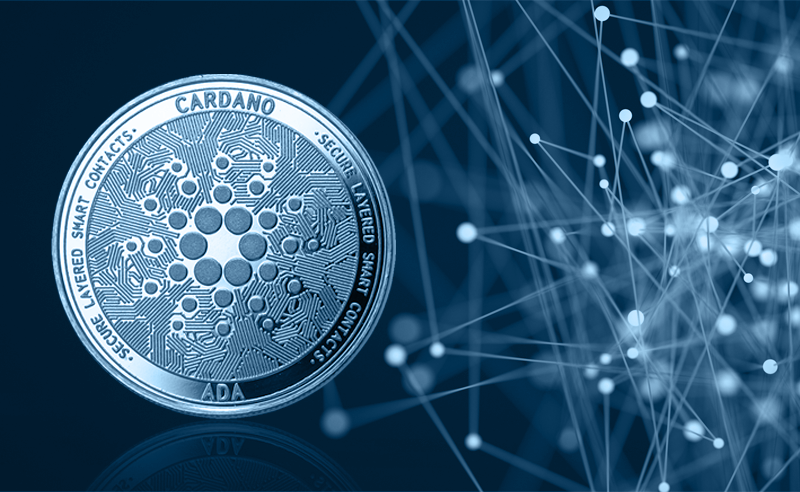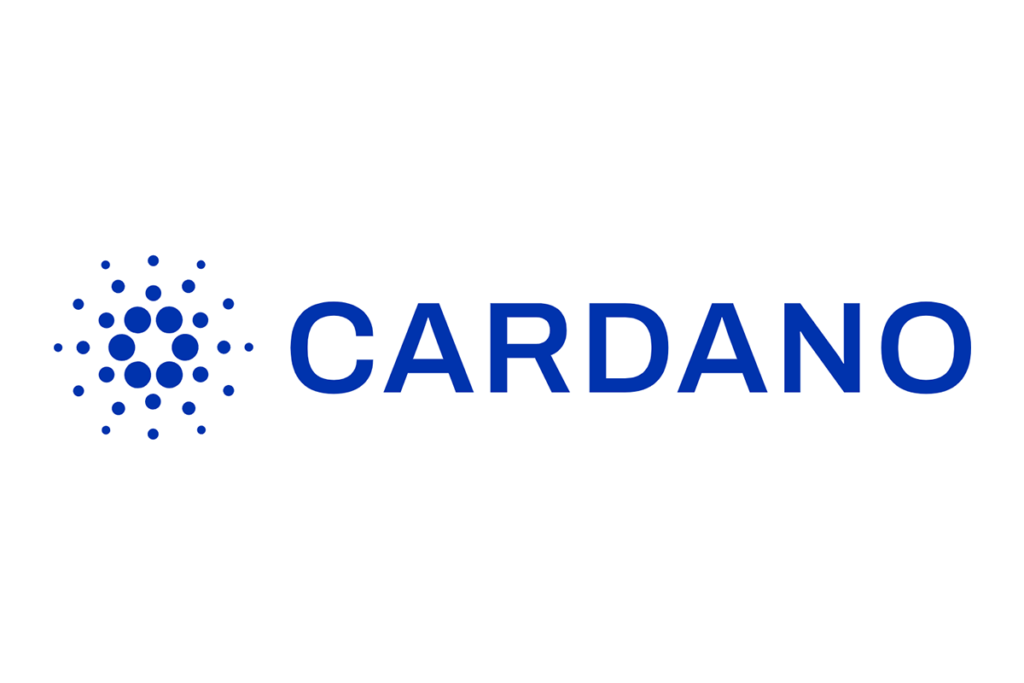What Is Cardano (ADA)?
Cardano is a third-generation, decentralized proof-of-stake (PoS) blockchain platform designed to be a more efficient alternative to proof-of-work (PoW) networks. Scalability, interoperability, and sustainability on PoW networks like Ethereum are limited by the infrastructure burden of growing costs, energy use, and slow transaction times.
Charles Hoskinson, the co-founder of the proof-of-work (PoW) blockchain Ethereum, understood the implications of these challenges to blockchain networks, and began developing Cardano and its primary cryptocurrency, ada, in 2015, launching the platform and the ada token in 2017.
The Cardano platform runs on the Ouroboros consensus protocol. Ouroboros, created by Cardano in its foundation phase, is the first PoS protocol that not only was proved to be secure, but also was the first to be informed by scholarly academic research. Each development phase, or era, in the Cardano roadmap is anchored by the research-based framework, incorporating peer-reviewed insights with evidence-based methods to make progress toward and achieve the milestones related to the future directions of the use applications of both the blockchain network and the ada token.
Key Points:
- Cardano is a blockchain platform that aims to be a decentralized application (DApp) development platform with a multi-asset ledger and verifiable smart contracts.4
- Cardano is being built in five stages: foundation, decentralization, smart contracts, scaling, and governance.
- Cardano runs on the proof-of-stake Ouroboros consensus protocol and developments are informed by scholarly academic research.
- The primary cryptocurrency of Cardano is called “ada.”
- Cardano oversight is decentralized and shared by The Cardano Foundation, IOHK, and EMURGO.



